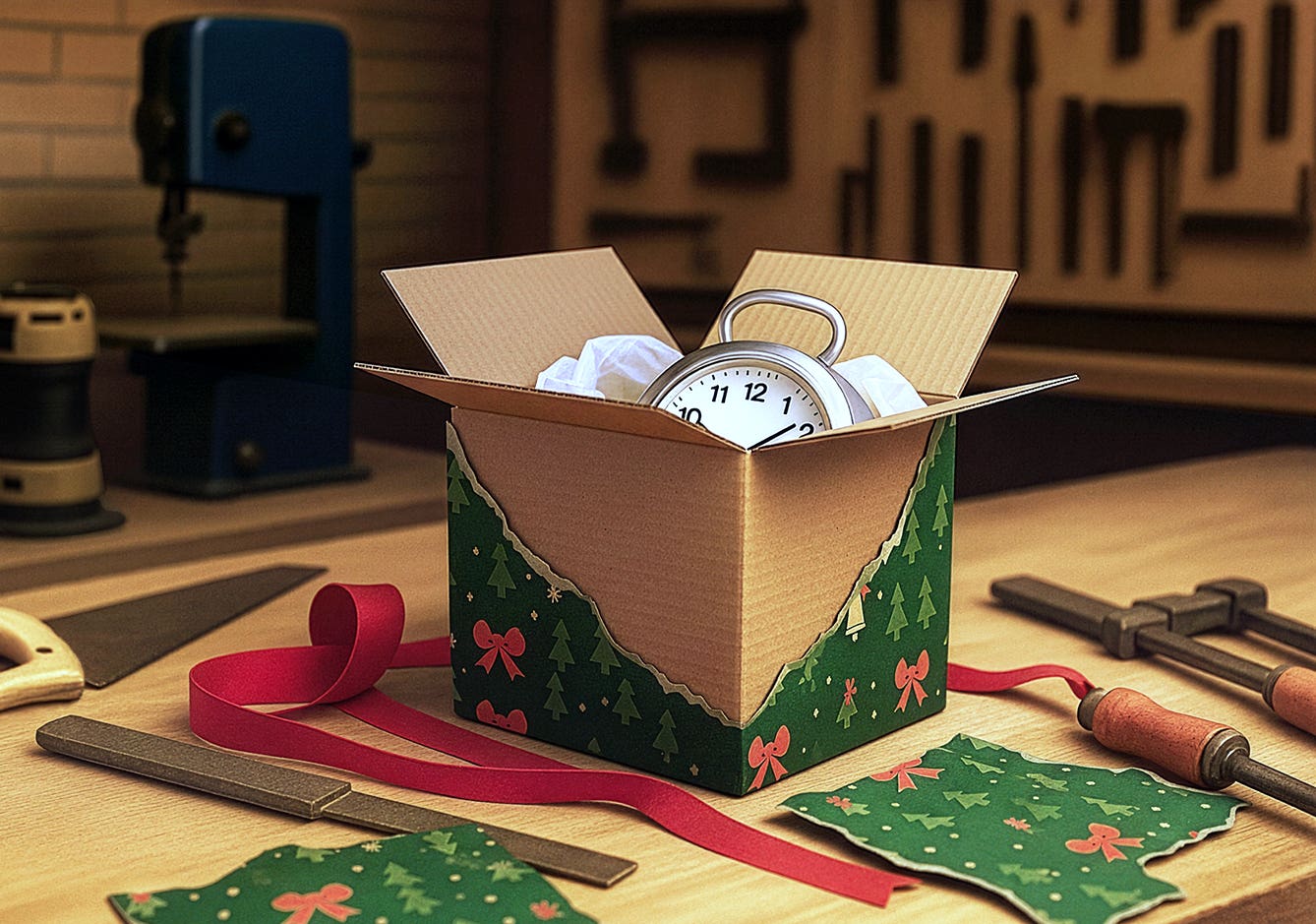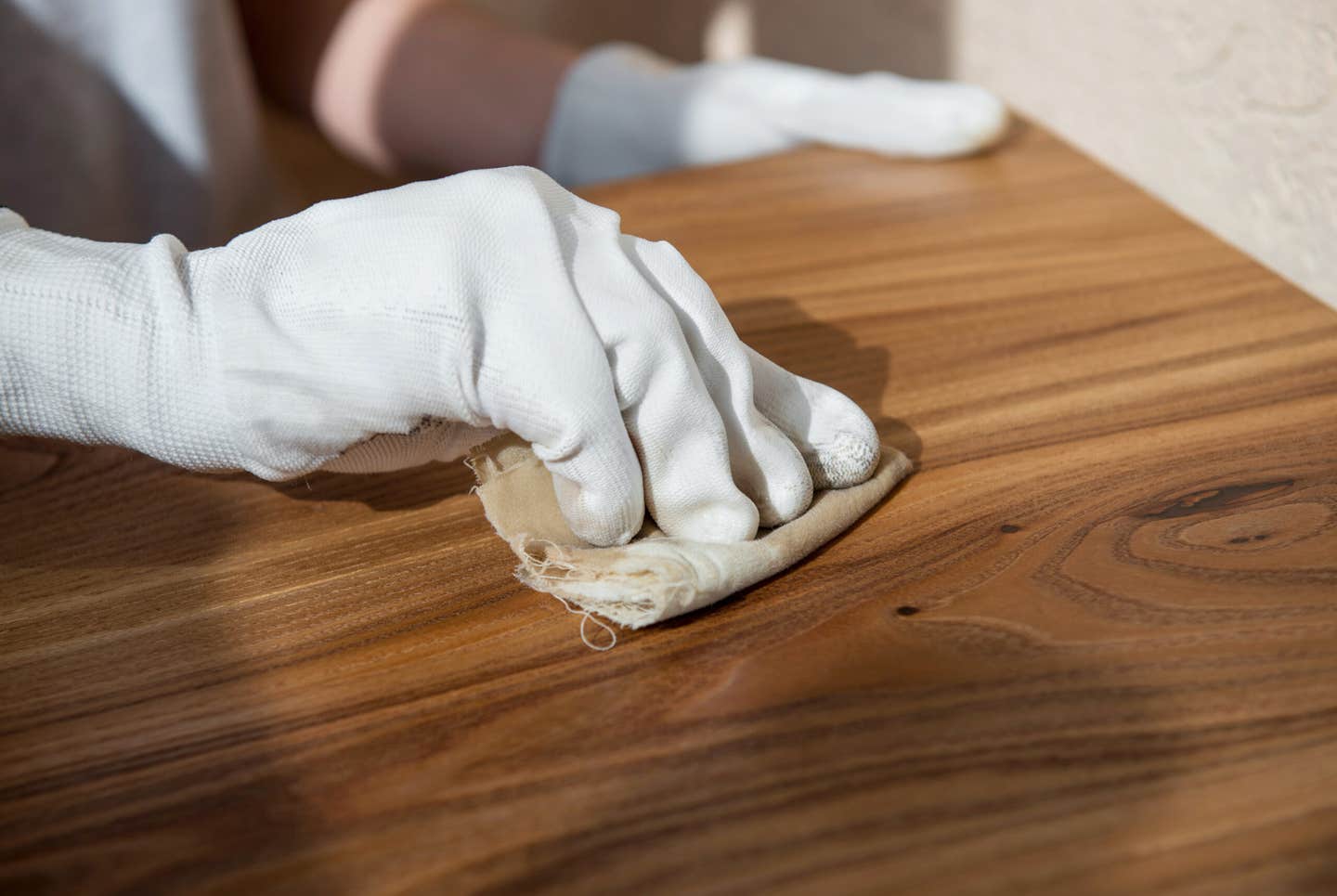Craftsmanship and its long-lasting echo
What you make, design and even envision is what you pass along permanently to so many woodworkers who come after you {loadposition position10} My mind continues to think about craft…
What you make, design and even envision is what you pass along permanently to so many woodworkers who come after you
{loadposition position10}
My mind continues to think about craft and craftsmanship - not in woodworking alone, but all craft and craftspeople. Through years of working with wood and designing furniture, I have become part of a tradition known as craft. It's a living tradition, because we as craftspeople take knowledge that is given through our study of craft and use it in the interpretations of our chosen medium. As one works to clarify their own style, there is acceptance and rejection of what we see and even rejection has an influence on our perceptions.
Ferdinand (Red) Nimphius, a master wooden shipwright, mentor and friend for whom I once worked, started me on this adventure and other friends and colleagues gave support. In my youth, a master woodworker and furniture designer was there to freely share his knowledge of line and technique with the stipulation that I would tell people from whom it came.
Another master showed simplicity with elegance within the soul of a tree. A potter, who built a chair with me, gave me a new understanding of his craft. Another potter and friend placed a thousand-year-old Chinese pottery cup in my hand and brought the touch of the unknown human hand through time. With this cup came an echo in time, an echo of craft tradition from which today's craftspeople are a part; a legacy that we all have an opportunity to share. While becoming a part of this tradition my wife, Bobbie, was always there to support and give guidance with her grace and kindness when all was not clear.
We live in a wondrous time when we can walk into an air-conditioned shop, turn on a switch and have light, and start a day of work. We can use machines, hand tools or a combination of both to produce what was once only done by hand in poor light. We can leave the shop, go to a big-box store and buy mass-produced goods without much effort. These articles often have little intrinsic meaning, being produced by machines and consumed without human thought or the hand in their production.
During the Industrial Revolution, we lost hands-on artisanship in everyday life. Designing for machinery is different than designing for handwork. The combination of power tools and hand tools is a way of life for the contemporary craftsperson.
In today's culture, we have the great advantage of buying a variety of inexpensive products and the ability to meet an artisan and partake in their artisanship in the same day. As a consumer of craft, I have coffee cups, soup bowls, woven pillows, throws and many everyday products, which were purchased at art fairs and studios from the maker. An awareness may begin to grow within you if the next time you buy flowers as a gift, you consider first the vase and then find a potter or a glass blower. Talk with them, watch their hands as they bend and shape, observe how something is created and then buy their work. Long after the flowers you place in this creation have wilted and been cast aside, the memory of your meeting will live on like a picture in a photo album. The conversation with the craftsperson will sing to you each time you view the vase. These objects are not inanimate. The patron and the artisan then become partners in this unique and timeless relationship simply called craft.
Think of wood and how it affects your life. Your home contains it, paper is made from it, you burn it for the heat and just the beauty of the flame. Fallen trees decompose to renew the forest-creating habitat; these same trees have purified the air you breathe and provide fruits, nuts and berries. Having experienced wood while building furniture, boats, interiors in homes, a playhouse and forest retreat for my daughter, I have become aware of its nature. Wood has taught me patience, honed my abstract thought process and creativity and, through the ebb and flow of my relationship to wood, it has also taught me restraint. If I do not honor the way it has grown, there are consequences - structural failure, cracking, warping and distortion of the intended work.
Consider other aspects of common home furnishings - glass, the sand and minerals a glass blower uses to create bowls, the steel in flatware, the cutting edge on a blade made by the knife smith; the cups and plates produced on the wheel of a potter; curtains, pillows, tablecloths, woven and sewn by a fiber artist. These fundamental elements of our daily life, if created by an artisan, bring another's touch to your home - an intrinsic relationship between the maker and client. As a maker, I prize these relationships, knowing my work is in daily use, having left my shop for its intended purpose. Some of the people who have my work have become friends; others I hope are still using their pieces in daily life with enjoyment.
Under Nimphius' tutelage, the boats we made were well-crafted, clean of lines and beautiful. These boats served their owners on the Great Lakes and oceans in all weather and sea conditions. Working together on a boat one day, Nimphius taught me a simple lesson by saying, "It is not what you accomplish in one day, but what you have learned." And so, with knowledge came accomplishment and with accomplishment came pride and with pride came self-awareness and with self-awareness came the awareness of the craft tradition.
A long time ago, at an art fair where I won an award, another artisan said, "It's not about the award, it's about the work done and to be done." This sentiment has stayed with me through the years. I have my tools - some used and some new. What have the used tools made before me? What will they make when I pass? When a master like Nimphius dies, we may surpass him, but we should not try to become him. One should only take what is given for a while and then transform it to become something new. We need not reinvent the wheel, only retread it by taking knowledge and reusing it to create our own designs and style.
With the recent passing of Sam Maloof, I have had conversations with friends about craft and what it is he gave us. For me, it was the willingness to give his experience and knowledge in a kind and graceful way. Thanks Fred, Sam and craftspeople known and unknown who have traveled this path.
There was a sign in Nimphius' shop that read: "Every job is a self-portrait of the person who did it. Autograph your work with excellence."
Michael Doerr is a furniture maker and conducts woodworking classes in Sturgeon Bay, Wis.
This article originally appeared in the October 2009 issue.







